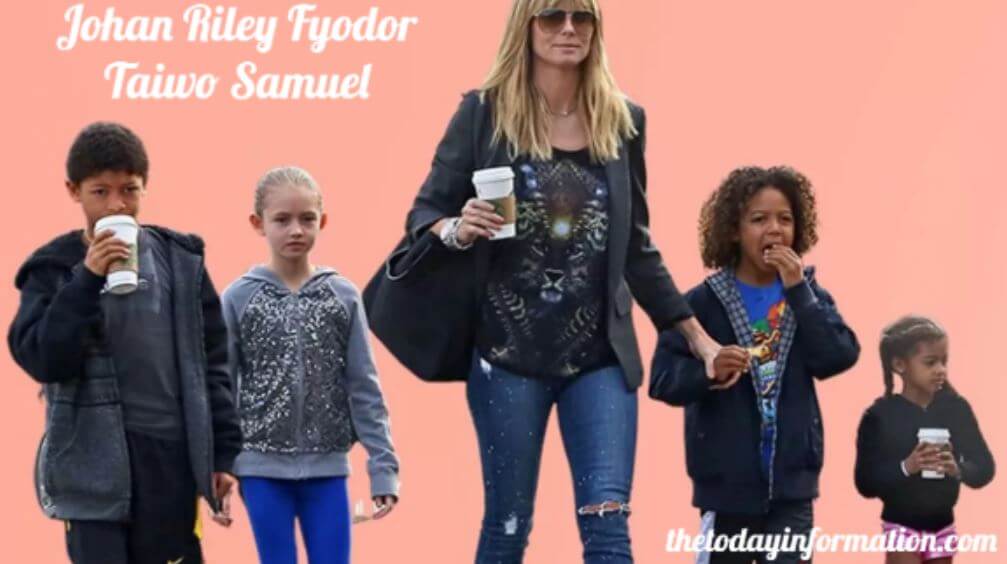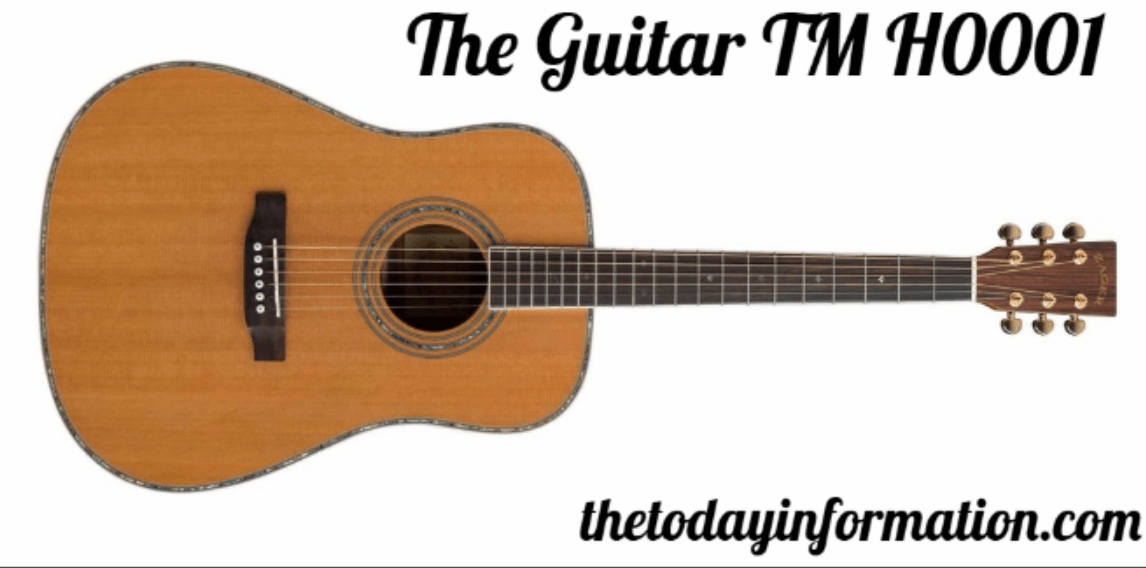Understanding Literotica Tags: How They Shape the Erotic Reading Experience
Introduction:
What Are Literotica Tags?
Literotica tags are labels that describe the content of stories published on the Literotica platform. These tags serve as a map for readers to find specific types of content based on themes, genres, characters, kinks, or writing style. Just like hashtags on social media, tags help organize stories and guide readers to exactly what they’re looking for.
Each story on Literotica can include multiple tags. Writers select tags when submitting their stories to make them more searchable and transparent. For readers, tags serve as quick indicators of what to expect without needing to read the full description.
Why Tags Matter on Literotica
Tags are a core part of how people discover content on Literotica. With thousands of stories available, tags help users filter the overwhelming number of submissions. Instead of scrolling endlessly, a reader can simply click on a tag like “BDSM,” “First Time,” or “Mind Control” and instantly access hundreds of stories in that category.
Without tags, readers would struggle to navigate the site effectively. Likewise, writers would have a much harder time building an audience. A well-tagged story can appear in more searches, get more reads, and generate more feedback.
Categories of Literotica Tags
Tags on Literotica can be grouped into several broad categories, each serving a different function:
- Genre Tags: These tags describe the story’s overall type, such as “Romance,” “Fantasy,” “Science Fiction,” or “Thriller.”
- Relationship Tags: These focus on who’s involved in the story, like “Lesbian,” “Gay,” “Interracial,” or “Older Woman/Younger Man.”
- Kink and Content Tags: These are the most popular and include terms like “BDSM,” “Voyeurism,” “Public Sex,” “Creampie,” and “Anal.”
- Narrative Tags: These describe how the story is written, such as “Slow Build,” “First Person,” or “Multi-Part Series.”
- Trigger/Warning Tags: These signal potentially controversial content, like “Non-Consent (Fantasy),” “Taboo,” or “CNC.”
Each type of tag provides a different layer of information. Together, they help readers quickly assess if a story fits their mood or interest.
How Tags Help Readers Customize Their Experience
Literotica readers come from all walks of life, and their interests vary widely. Some readers enjoy emotionally deep romance stories. Others seek fast-paced erotica with extreme content. Tags allow everyone to fine-tune their experience.
For example, a reader who enjoys stories about submissive men can search for “Male Sub,” “Femdom,” or “Chastity” to find the exact kind of content they like. If they dislike certain topics—like “Non-Consent”—they can avoid stories with those tags.
This makes the platform feel more personalized. Instead of being overwhelmed, users can create their own curated reading space through tags.
How Writers Benefit from Tagging
For writers, tags are a powerful way to reach the right audience. By tagging their work accurately, they increase the chances of their stories appearing in searches and getting noticed. Readers who enjoy specific themes or styles often follow those tags closely.
Correct tagging also builds trust. When readers see tags that match their expectations, they’re more likely to read a story, leave comments, and follow the author. Writers who consistently use accurate tags build a reputation for being thoughtful and reliable creators.
Additionally, proper tagging helps avoid content flagging or removal. Literotica has strict content guidelines. If a story includes controversial or extreme content but is poorly tagged, it may get reported or removed. Accurate tagging is a form of transparency that helps maintain community standards.
Popular Literotica Tags and What They Mean
Some tags are used more frequently than others. Here are a few common tags and what they typically indicate:
- BDSM – Stories involving dominance, submission, bondage, and other power dynamics.
- Lesbian – Focuses on relationships between women, often emotional and sensual.
- First Time – Characters experiencing sex or intimacy for the first time.
- Non-Consent (Fantasy) – Consensual roleplay involving non-consensual themes. Usually paired with disclaimers.
- Group – Involves more than two people in sexual scenarios.
- Voyeurism – Characters watch or are watched without knowing.
- Taboo – Includes themes that are forbidden, socially unacceptable, or extreme.
- Mind Control – Features psychological manipulation or fantasy-based domination.
These tags help define both content and tone. They’re especially useful for readers who want a very specific experience.
The Role of Tags in Content Moderation
Literotica takes user safety and legality seriously. Tags play a role in content moderation by helping moderators identify potentially problematic stories faster. Stories that contain controversial or restricted content must be clearly tagged, or they risk being flagged and removed.
Tags also serve as warning signs for readers. Someone sensitive to certain themes can check the tags before reading, which prevents unwanted surprises. This creates a more respectful environment for everyone involved.
Additionally, stories with misleading or missing tags can damage the user experience. Readers who are misled may leave negative comments or report the story, hurting the writer’s reputation. Accurate tagging is both a courtesy and a responsibility.
Tags as Tools for Exploring Identity and Fantasy
One of the deeper roles that tags play is in self-exploration. Many readers use Literotica as a safe space to explore fantasies or curiosities they may not share in real life. Tags give readers a way to engage with sensitive topics in private, judgment-free environments.
Similarly, writers often use tags to share personal desires or explore characters and scenarios that reflect their own experiences. Whether it’s a story about dominance, gender play, or emotional vulnerability, tags provide a language to express it.
This form of coded language is especially valuable in the erotic space. Tags become a subtle but powerful way to connect with others who share the same interests or emotional drives.
The Rise of Microgenres Through Tagging
Literotica tags have allowed the creation of niche subgenres that thrive online but are rarely seen in traditional erotica. These microgenres often form around unique combinations of tags.
For example, the combination of “Alien,” “Female Domination,” and “Milking” can lead to an entire category of sci-fi femdom stories. Likewise, “Incubus,” “Mind Control,” and “High School Reunion” might inspire supernatural erotica with psychological elements.
These microgenres wouldn’t exist without tags. They evolve as readers and writers experiment with combining new ideas, often spawning communities around those themes. Tags fuel creativity by encouraging unique storylines that might never be published elsewhere.
Final Thoughts: Why Literotica Tags Matter
In many ways, tags are the engine behind Literotica’s success. They guide users through a massive library of content. They help writers connect with like-minded readers. They keep the platform organized, ethical, and tailored to personal preferences.
But beyond all that, Literotica tags reflect how language, desire, and imagination come together in modern erotic storytelling. They’re more than technical features—they’re cultural signposts, emotional guides, and tools for connection.
If you want to get the most out of Literotica—whether you’re a reader, a writer, or both—understanding tags is essential. They’re the keys to finding, sharing, and enjoying content in one of the most diverse and creative erotic communities online.
Would you like this article formatted into a blog post or turned into a downloadable PDF? Or should we adapt it for a series of SEO-optimized content pieces?














Post Comment